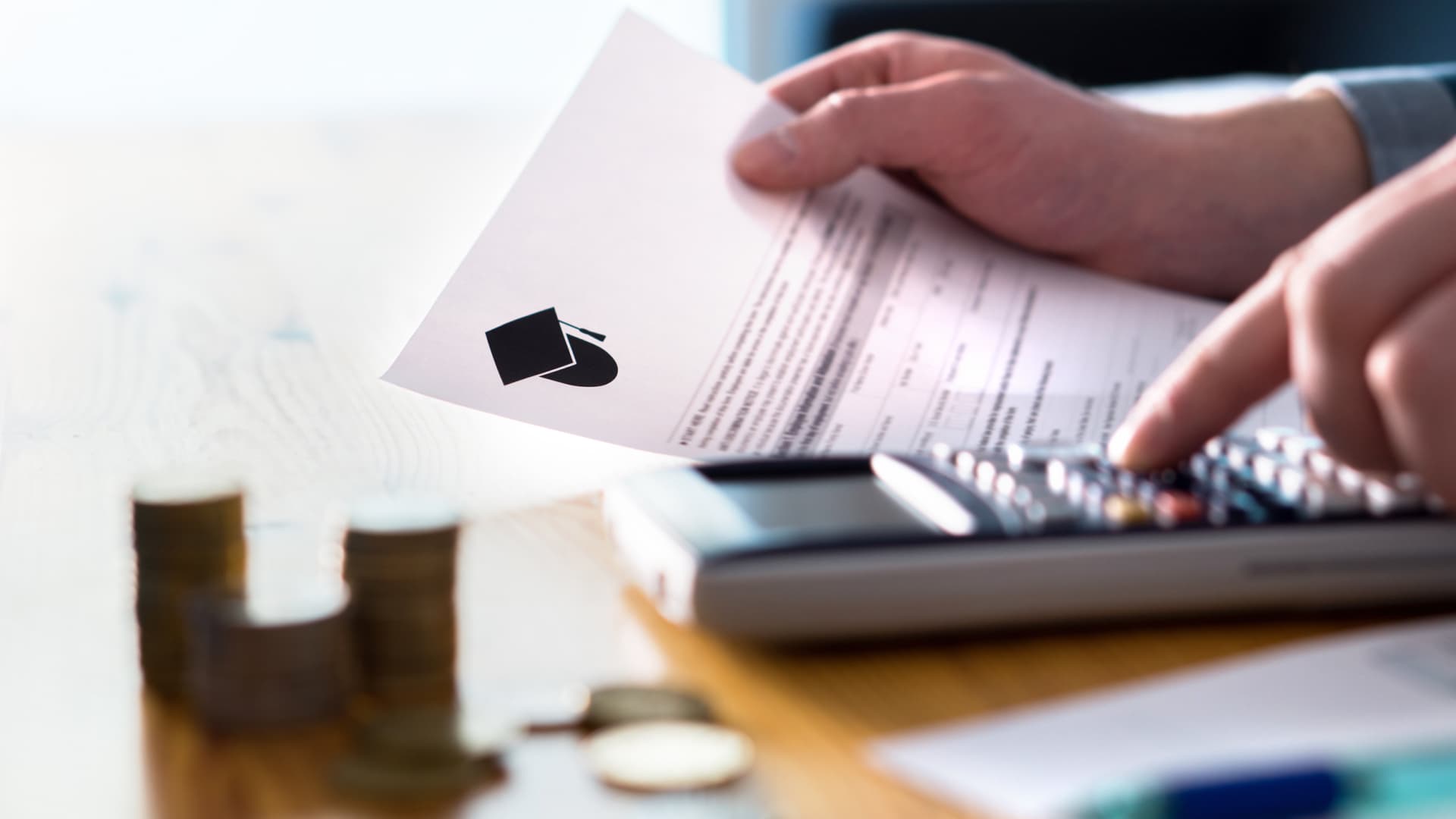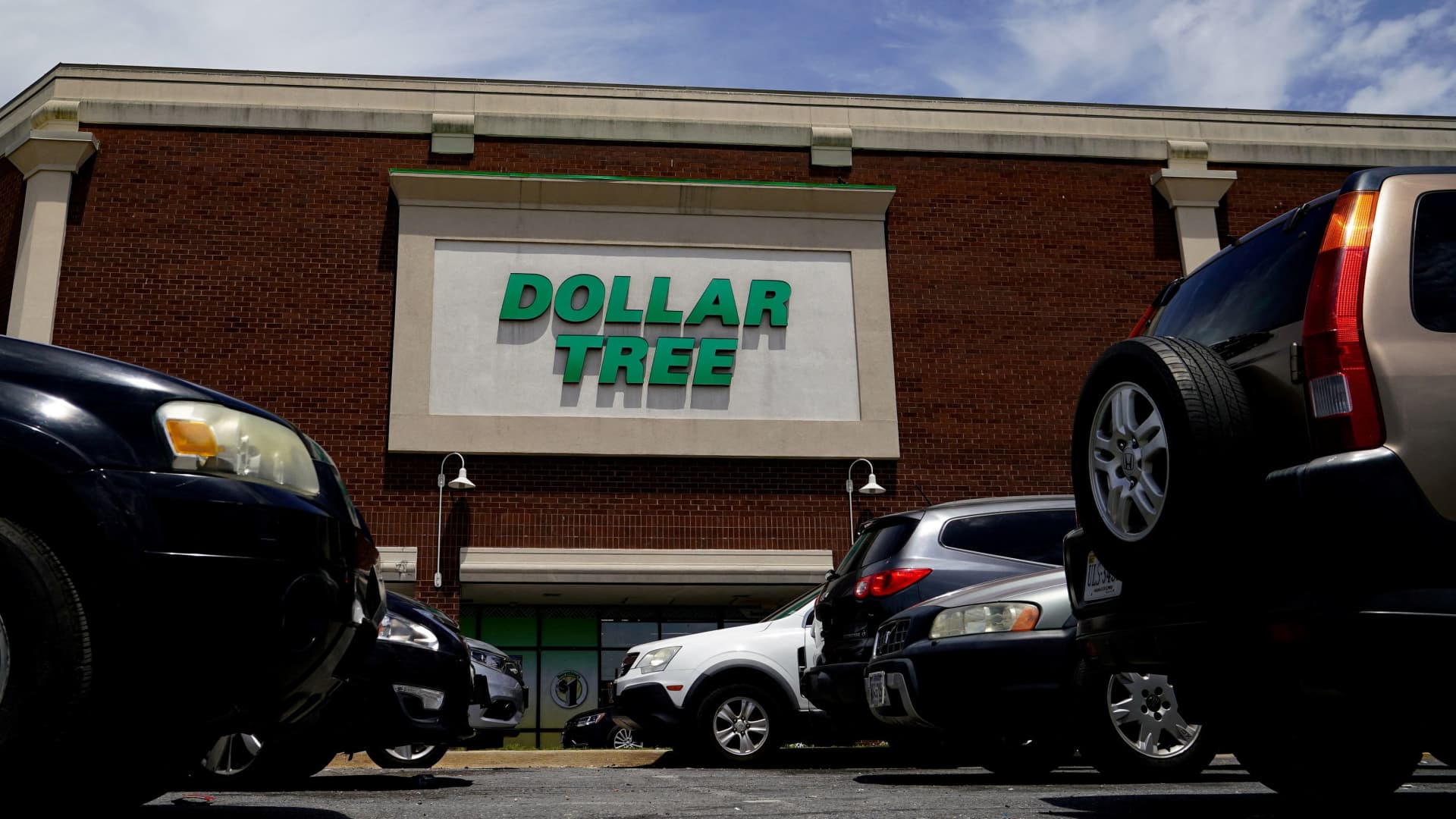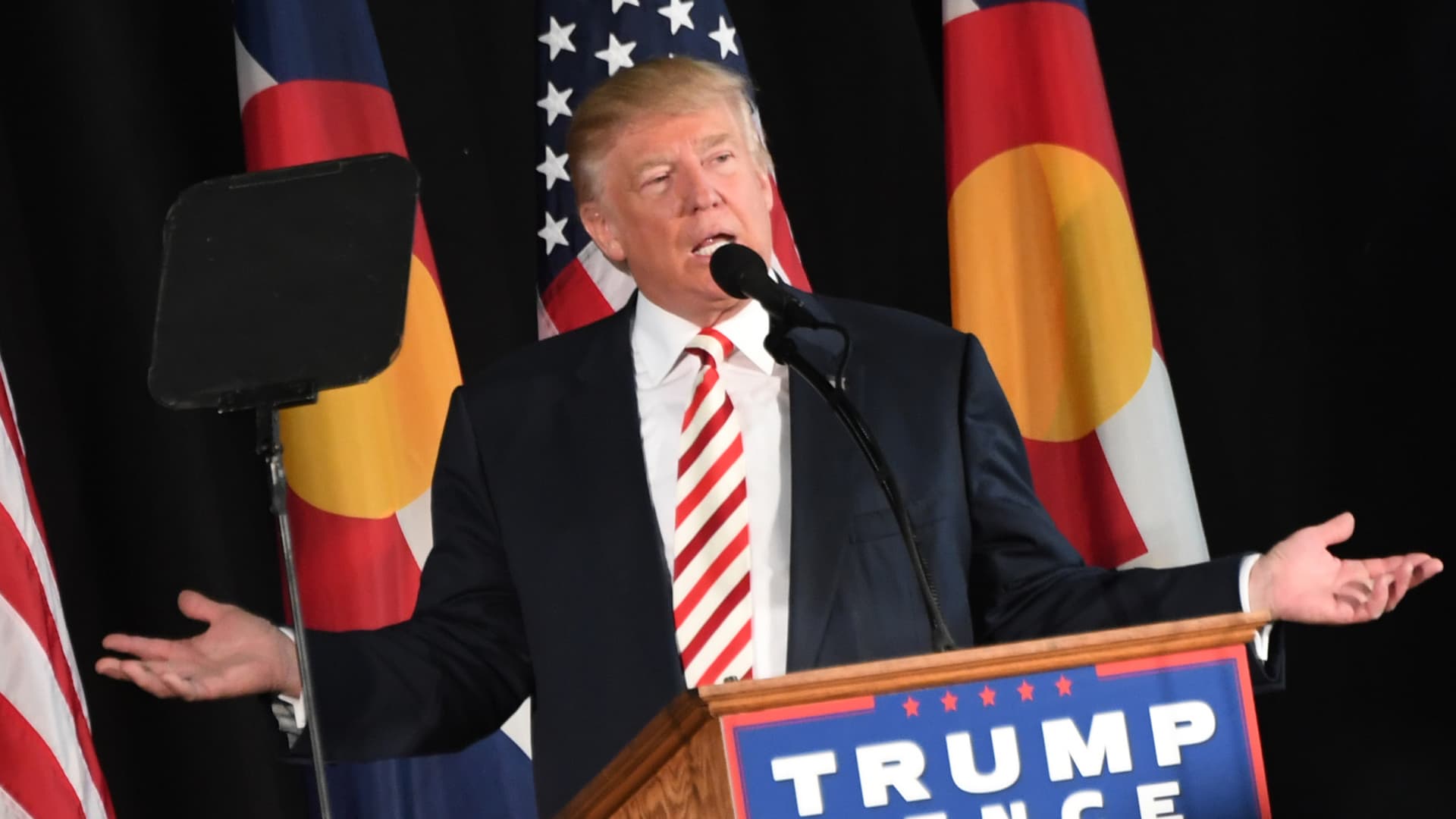US Markets
Thursday, August 25th, 2022 12:30 pm EDT

Borrowers who continued repaying their student loans during the payment pause have a unique opportunity to get a refund — and potentially, maximize their forgiveness eligibility in the process.
In addition to President Joe Biden’s student loan debt relief plan, the payment pause on federal student loans was extended once again through Dec. 31.
In an announcement related to the extension, the Education Department reminded borrowers of a less-talked-about opportunity. “You can get a refund for any payment (including auto-debit payments) you make during the payment pause (beginning March 13, 2020)” on qualifying loans, according to the release.
It’s not a new policy. But in light of the forgiveness news, it has some additional impact.
Forgiveness is capped at your outstanding debt
The Biden administration said Wednesday it will cancel up to $10,000 in federal student debt and up to $20,000 for recipients of Pell Grants.
Borrowers eligible for student loan relief are generally individuals who make less than $125,000 per year, or married couples or heads of households earning less than $250,000.
The relief is also capped at the amount of a borrower’s outstanding eligible debt.
So a borrower whose payments during the pause brought them below that $10,000 or $20,000 threshold could request a refund, ending up with cash and potentially maximizing their forgiveness eligibility.
“Borrowers have always been able to request payments made during the Covid freeze to be refunded assuming their loans were eligible for the freeze in the first place, which most federal loans are,” said Betsy Mayotte, president of The Institute of Student Loan Advisors, a nonprofit.
More from Personal Finance:
Biden cancels $10,000 in federal student loan debt
Timeline: Key events on the path to student loan forgiveness
How the student-loan forgiveness plan works, and when to apply
Very few borrowers may benefit from this trick
Roughly 1.2% of borrowers continued making payments to chip away at their loan balances during the extended moratorium, according to student loan expert Mark Kantrowitz, based on repayment data from the U.S. Department of Education.
For them, it was a rare opportunity to make some headway on their loans while no interest accrued.
How to request a refund
To request a refund on any of those payments made since March 13, 2020, borrowers should contact their loan servicer, the Education Department said.
“It couldn’t be easier,” Mayotte said. “Just call.”
This post has been syndicated from a third-party source. View the original article here.




